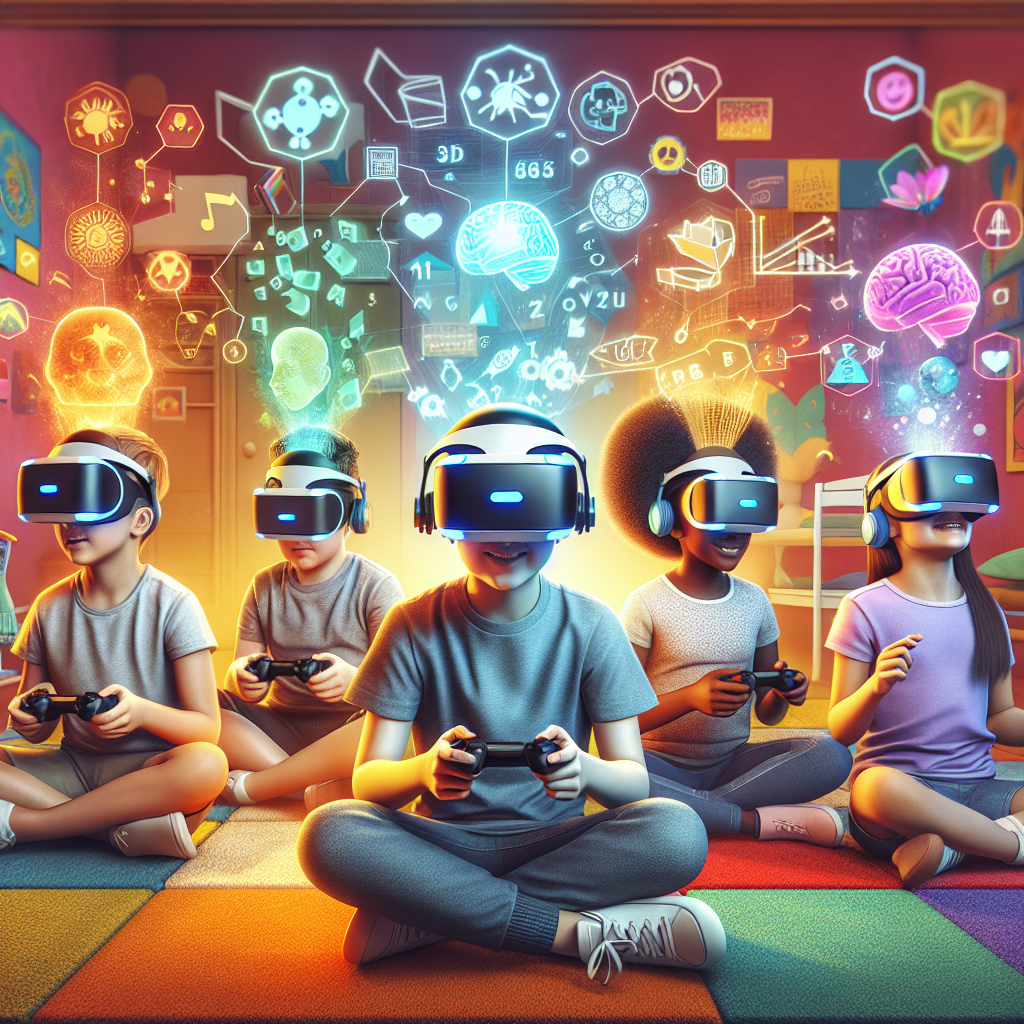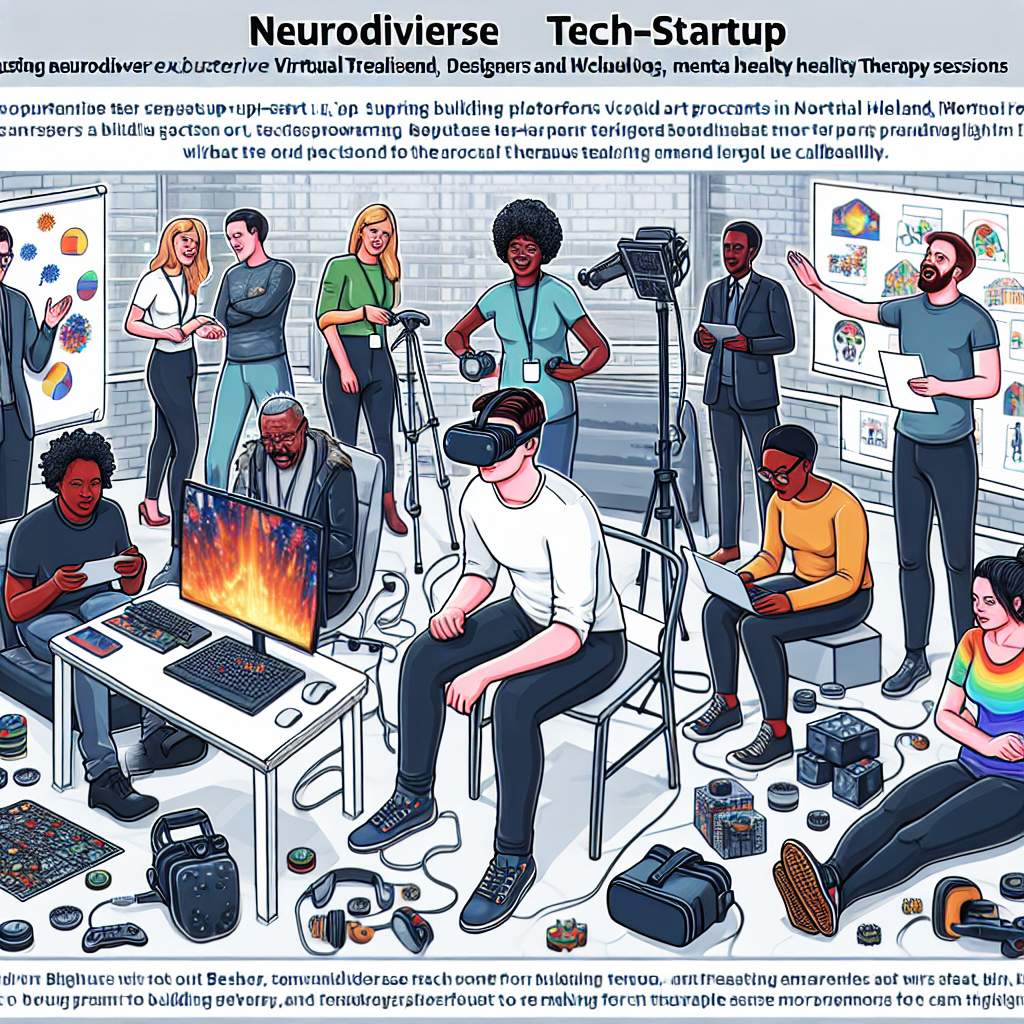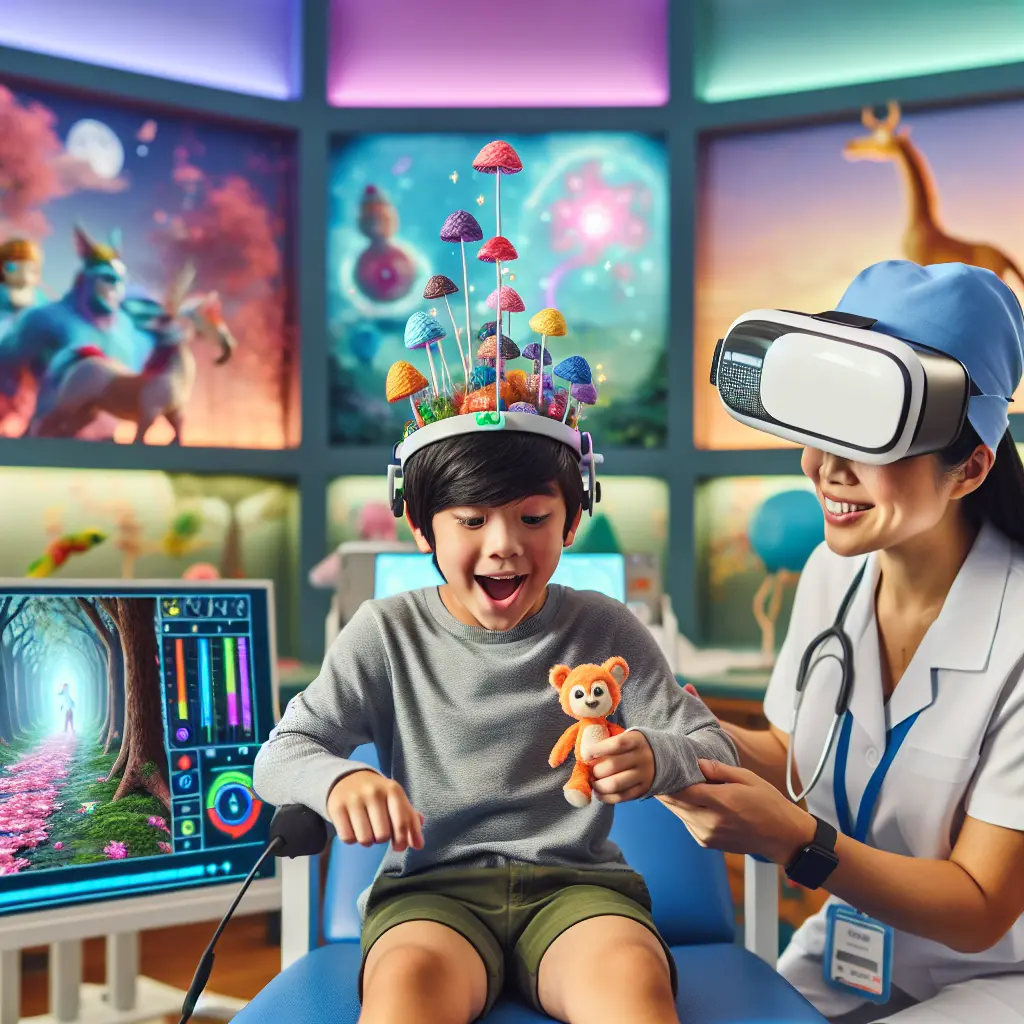Virtual reality therapy is rapidly reshaping the landscape of medical simulation, training, and patient care, with unprecedented growth and innovation on the horizon.
In recent years, virtual reality (VR) has evolved beyond gaming and entertainment, establishing itself as a transformative force within healthcare—especially in medical simulation and therapy. The global VR in medical simulation market is projected to surge from $4.7 billion in 2024 to $20.58 billion by 2029. This remarkable expansion, with a CAGR of 34.3%, signals a new era of VR-driven therapy and training in medicine.
Why is VR Therapy Booming in Medicine? Several significant factors are driving the adoption of VR therapy in healthcare. Enhanced training and patient safety are now possible through immersive simulations that allow medical professionals to practice complex procedures without putting patients at risk. Applications are expanding into areas such as mental health therapy and physical rehabilitation, offering a diverse range of treatment options. VR also supports cost efficiency by reducing training errors and improving procedural outcomes. Additionally, the shift toward remote learning and telemedicine has accelerated the integration of VR platforms for both patients and practitioners. Regulatory support is growing as well, with bodies increasingly recognizing the value of innovative training methods.
The versatility of VR therapy shines through its wide array of applications. In medical education and surgical training, immersive VR scenarios allow trainees to develop their skills safely, while AI-powered VR labs provide personalized, competency-based learning. In mental health treatment, VR has shown effectiveness for anxiety, PTSD, phobias, and is increasingly applied in pediatric care for cognitive and emotional development. For pain management and physical rehabilitation, interactive VR programs distract patients during procedures and guide them through rehabilitation exercises, accelerating recovery for both adults and children. Patient education and support benefit as well—children can use VR to understand upcoming procedures, reducing anxiety, while caregivers gain valuable training for neonatal care and emergencies.
VR therapy reaches a broad spectrum of end-users. Hospitals and clinics utilize it for clinical training, diagnostics, surgery preparation, and direct patient therapy. Medical institutes and research labs use VR to advance research into new treatment modalities and evaluate therapeutic outcomes. The pharmaceutical industry leverages VR in drug development simulations and protocol testing. Most importantly, patients of all ages, including adults, children, and infants, benefit from tailored VR content that addresses their unique needs.
Key Innovations Transforming Virtual Reality Therapy in Healthcare
Current trends are propelling the growth of VR therapy. One standout is AI-powered adaptive learning, which allows for dynamic, personalized training that adapts to each user’s learning pace. Social VR platforms enable collaborative environments where medical teams can train together regardless of their location. Mobile VR solutions are making VR more accessible through affordable, portable devices. Moreover, VR simulations play a vital role in reducing healthcare disparities by standardizing care education across different regions.
On a regional level, North America currently leads the global market due to its advanced infrastructure and investments in healthcare innovation. However, the Asia-Pacific region is emerging as the fastest-growing market segment, driven by increasing healthcare demands and rapid technological adoption.
Leading companies are at the forefront of shaping the future of VR therapy in healthcare. Through robust simulation tools and platforms, these innovators continuously refine technology to provide ever more immersive and effective therapeutic experiences.
As the demand for safer and more effective healthcare solutions intensifies worldwide, virtual reality therapy is positioned at the vanguard of medical innovation. It’s revolutionizing professional training and opening new avenues for patient care. The pace of change suggests that VR’s impact on healthcare will only continue to accelerate.
Exploring Data and Future Directions in Medical VR
For those seeking further insights into market trends and data driving this rapid expansion, detailed information can be found at this link. As we witness ongoing advances, it is clear that technology like VR can empower providers and patients alike by making healthcare safer, smarter, and more accessible.
The continued integration of virtual reality into healthcare promises extended benefits—improved patient outcomes, cost reductions, and a more skilled workforce. As innovation accelerates, both providers and patients can look forward to even greater accessibility and effectiveness in care delivery.
In summary, the rise of virtual reality therapy is reshaping every aspect of healthcare—from simulation-based learning for professionals to transformative therapeutic experiences for patients of all ages.
The future for virtual reality therapy in medicine is bright. Its ability to bridge gaps in access, education, and treatment positions it as a key driver for advancing global health outcomes.
Let’s keep exploring how technology can improve healthcare for everyone.









Leave a Comment